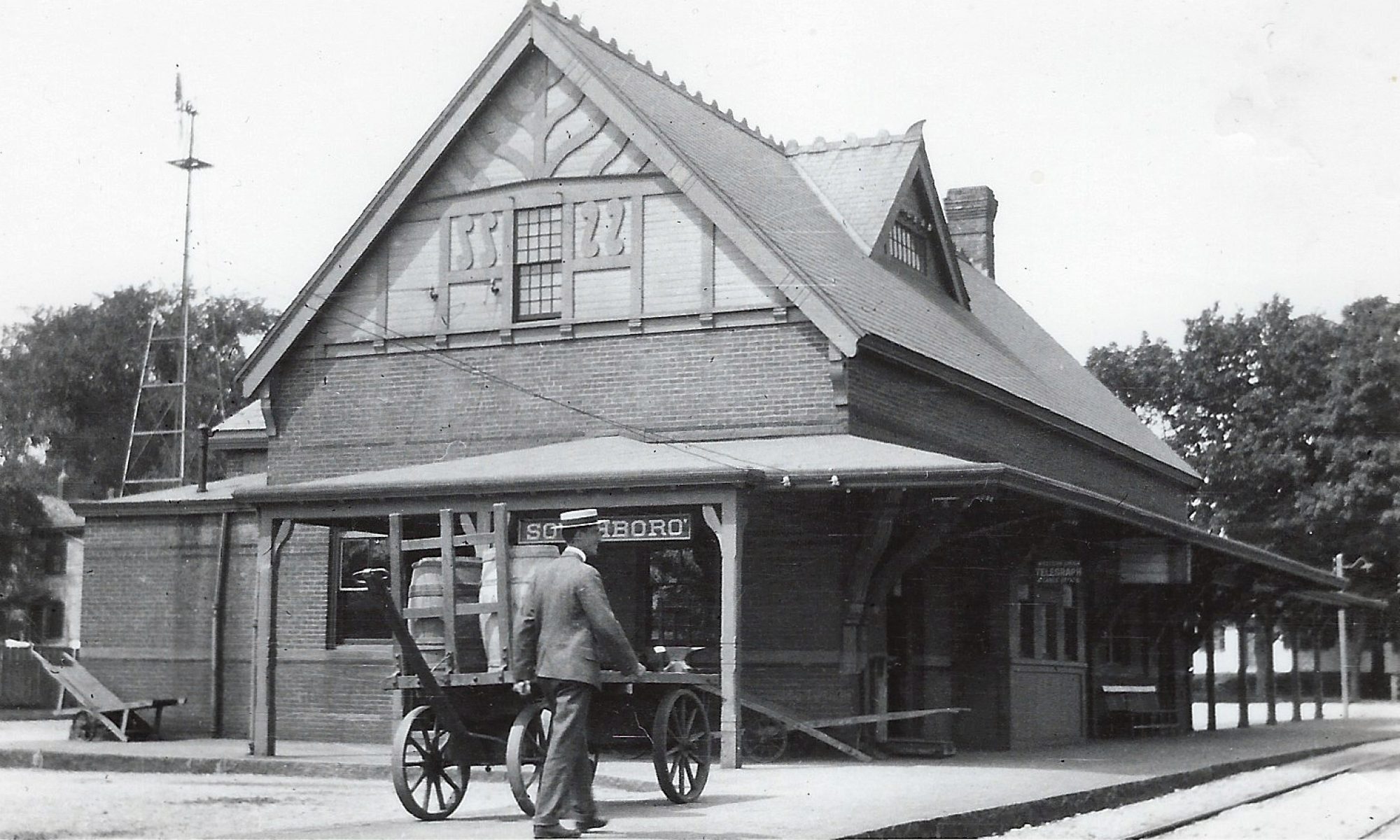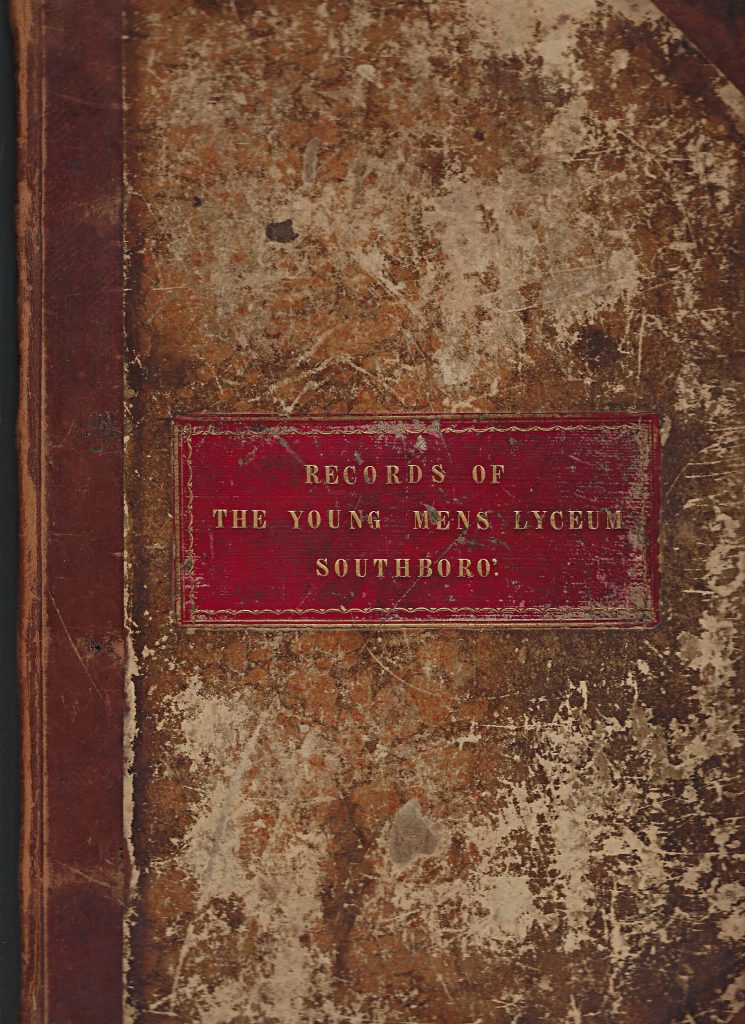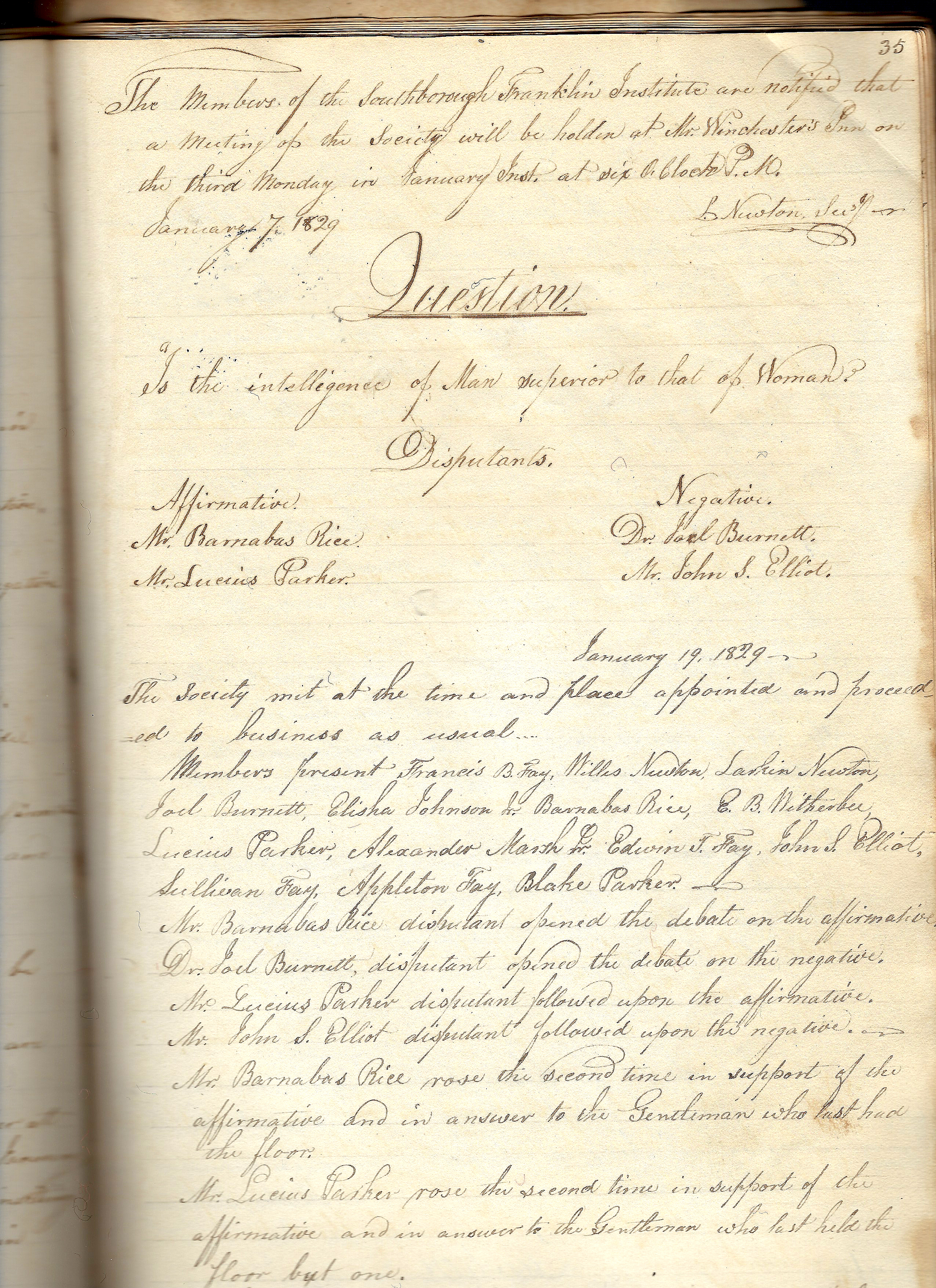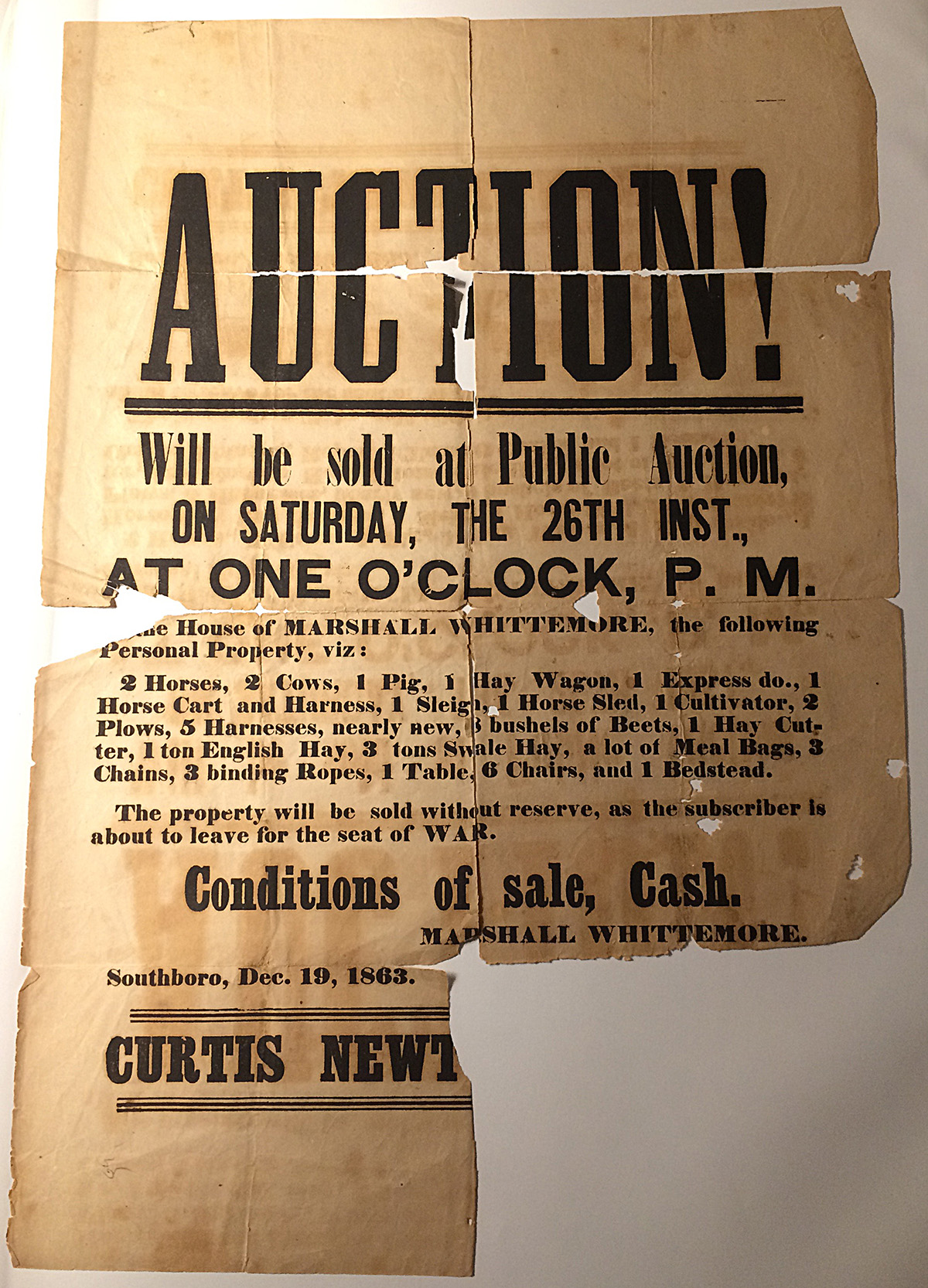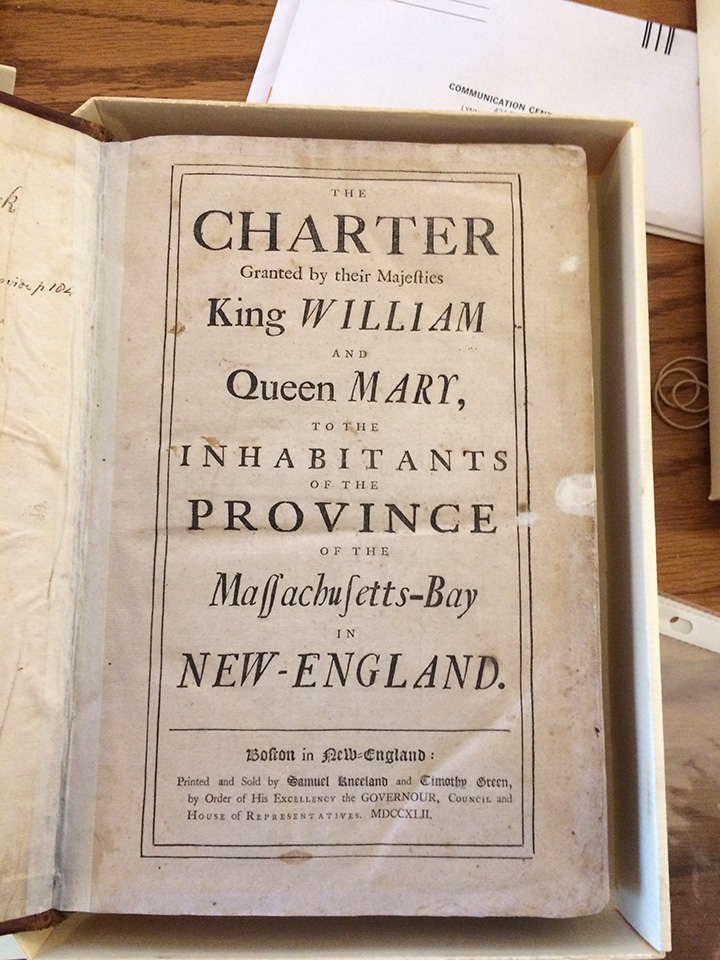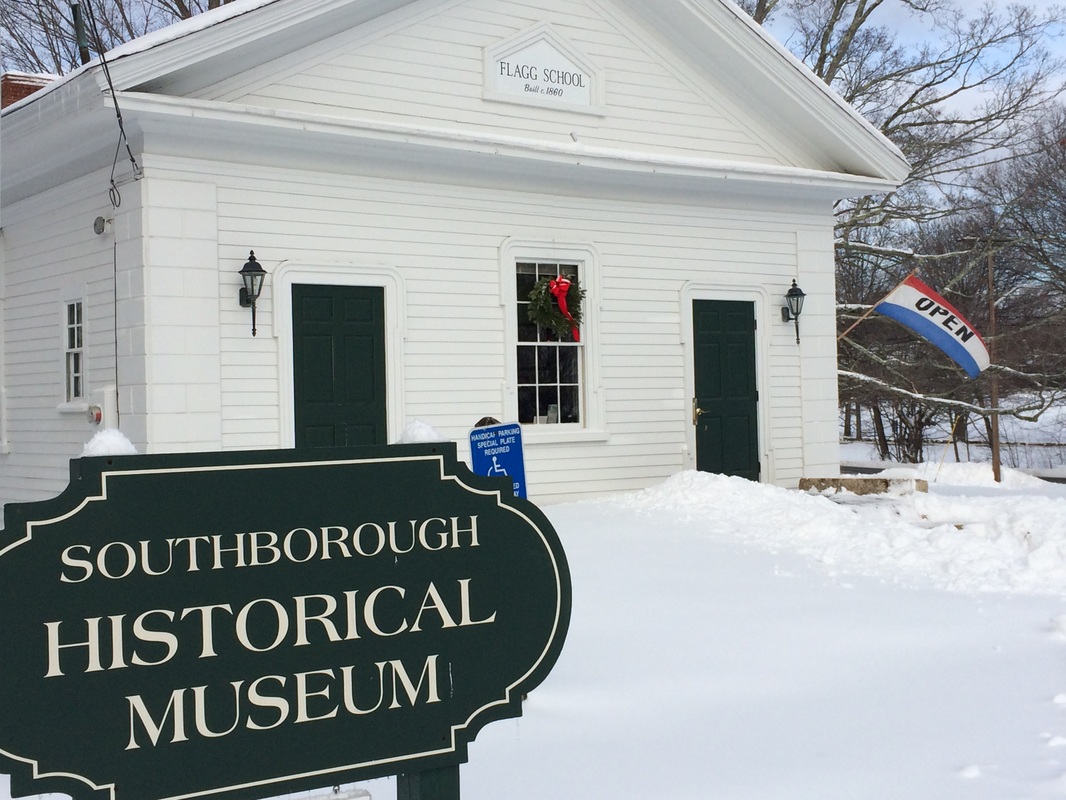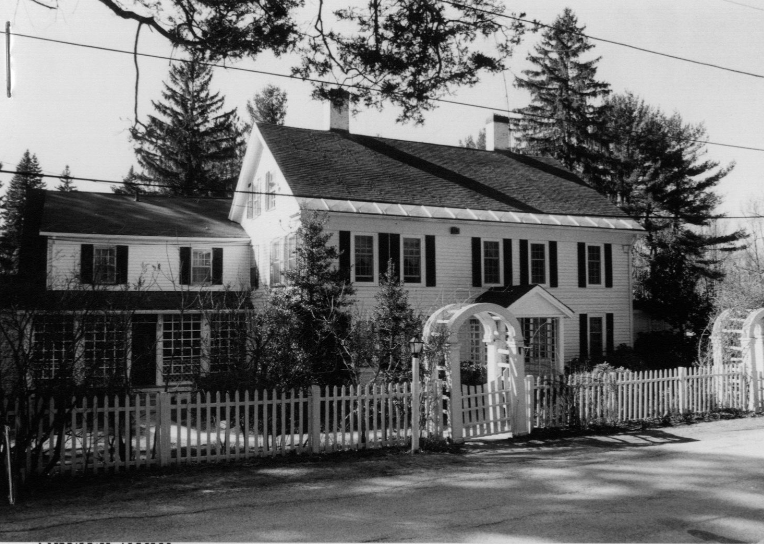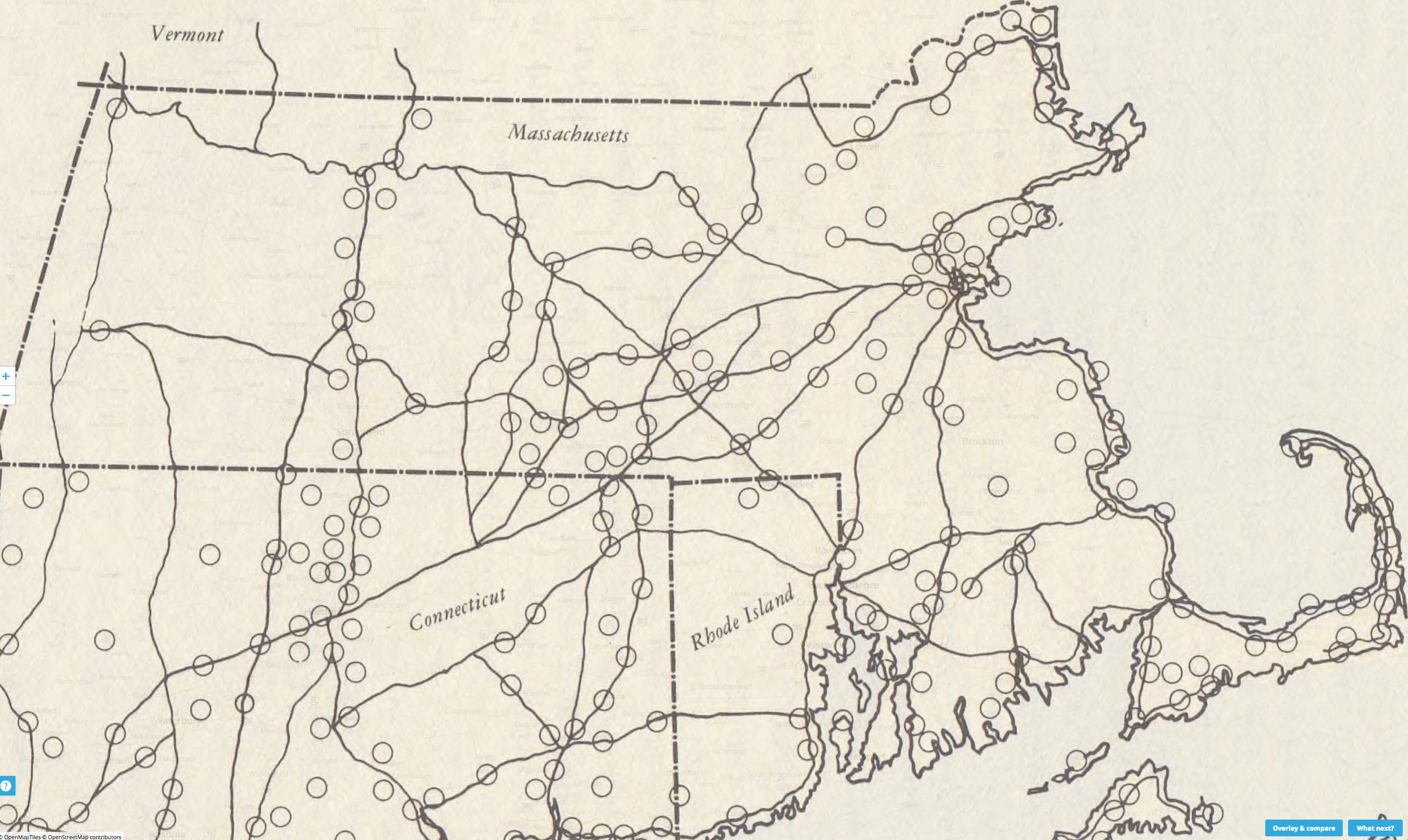As I hinted last time, the basement hasn’t finished yielding up its social history treasures, for along with the Franklin Institute minutes, two weeks ago we also rediscovered the accounts of the Young Mens Lyceum. As a document of social history, it is impossible to underestimate the value of this remarkable record.
The Lyceum was a debating society, much like the earlier Franklin Institute. But this time, the notation covers the years between 1840-1861, perhaps one of the most turbulent periods in United States history, often referred to as the “Silver Age.” For in addition to the much debated Mexican-American War, our expanding nation was dealing with the growth of industrialization, a rapid rise in immigration, and the slow fragmentation of the Union over the issue of slavery. You might think that the inhabitants of agrarian Southborough would have worried more about the local weather than the political clouds in Washington, but thanks to this record, we now know that wasn’t at all the case.
Here’s a look at some of the debate topics, with a bit of historical context added in, to give you a better understanding of just how up-to-the-moment our citizenry was:
29 November 1842: Which is the most beneficial to the United States: commerce or agriculture? (Voted 6 to 2 for commerce)
This is a very interesting result for what was then entirely agricultural Southborough, and shows that the rising tides of industrialization were beginning to spread out along the lines of the new railroad. Within the next decade, in fact, Southborough would have its first large-scale mill at Cordaville.
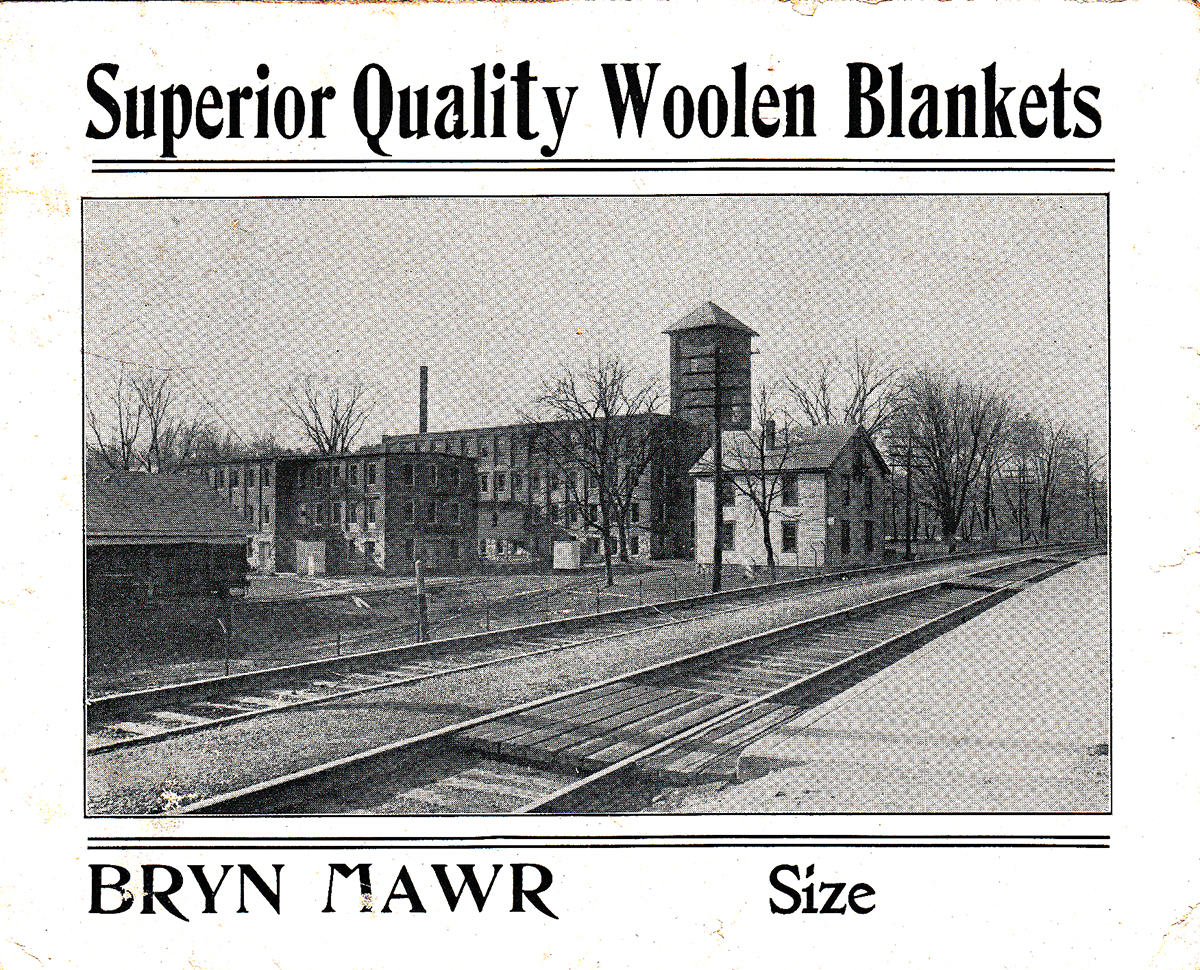
21 March 1843: Have females the right to active part in public affairs? (Voted yes) The Lyceum, unlike the Franklin Institute, also seems to have had a female “editress,” whose job appears to have been gathering news-bits of the day for presentation to the members.
22 February 1844: Is it right or expedient to prosecute vendors of spirituous liquors? (Voted 5 to 4 yes.)
Massachusetts was technically dry during this period, but sellers of hard liquor weren’t hard to find, and the close vote is indicative of the popular stance — publicly opposed but privately for. The state would try various solutions until eventually agreeing to license liquor vendors in the 1870s. Southborough remained officially dry even longer, and our thirsty citizens needed to cross the river to Hopkinton, where those in search of liquor, cards and other pleasures could find several famed houses of mixed repute.
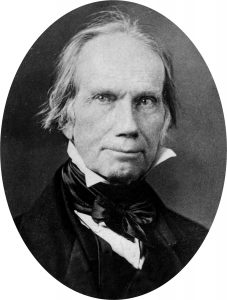
23 September 1844: Can abolitionists consistently vote for Henry Clay? (Voted 2-6 against)
1844 was a presidential election year, and Henry Clay, the Whig candidate, was running against Democrat James Polk. Polk, from Tennessee, was a slave owner. Clay, from Kentucky, had also owned slaves, but was considered “soft” on slavery as he decried the institution and favored gradual emancipation and repatriation of slaves to Africa — a view shared at the time by Abraham Lincoln. Southborough, however, was a hotbed of abolitionists, and true to their convictions, the Lyceum members could not bring themselves to support Clay, despite his carrying the rest of the state.
24 December 1844: Are rewards of merit conducive to the best interests of our common schools? (Voted 4-5 against)
Corporal punishment was still a favored means of discipline in our schools in 1844. This practice would change markedly over the next twenty years, as Southborough formed a school committee and introduced semi-permanent female teachers, as opposed to the previous system of interim male tutors. Note, too, the date: 24 December. Christmas as a major holiday was still decades away, to be popularized by Queen Victoria’s German consort, Prince Albert.
3 March 1847: Ought the so-called free states remain in the Union? (Voted not to remain.) A very hot topic, this question was debated again on October, 6th, 13th and 20th. The vote taken on the 20th, 9-1 to remain in the union, reversed the previous opinion. Still not settled, the question was taken up once more, on November 16th and 22nd, this time the results being far closer, 8 to 6 to remain. This back-and-forth is truly fascinating, as it reveals that Southerners weren’t the only ones contemplating secession — something that’s never mentioned in our history texts — and that the residents of Southborough were more or less divided on the question. Imagine if the North had seceded and left the South to its own devices! Alternate historians have speculated that lacking the industrialized north, the Southern states would have looked to the Caribbean and Central America for resource markets, extending slavery throughout the region. A very different world indeed….
4 November 1848: Can a true patriot vote for Cass or Taylor for President at the coming election?
1848 was another presidential election year, and this time the candidates were even less palatable to the Lyceum members. Taylor, though nominated by the Whigs as the hero of the Mexican-American War, shared none of their values. Cass, a Southern Democrat, (though he was born in New Hampshire) was equally unacceptable. That left former president Martin Van Buren, who
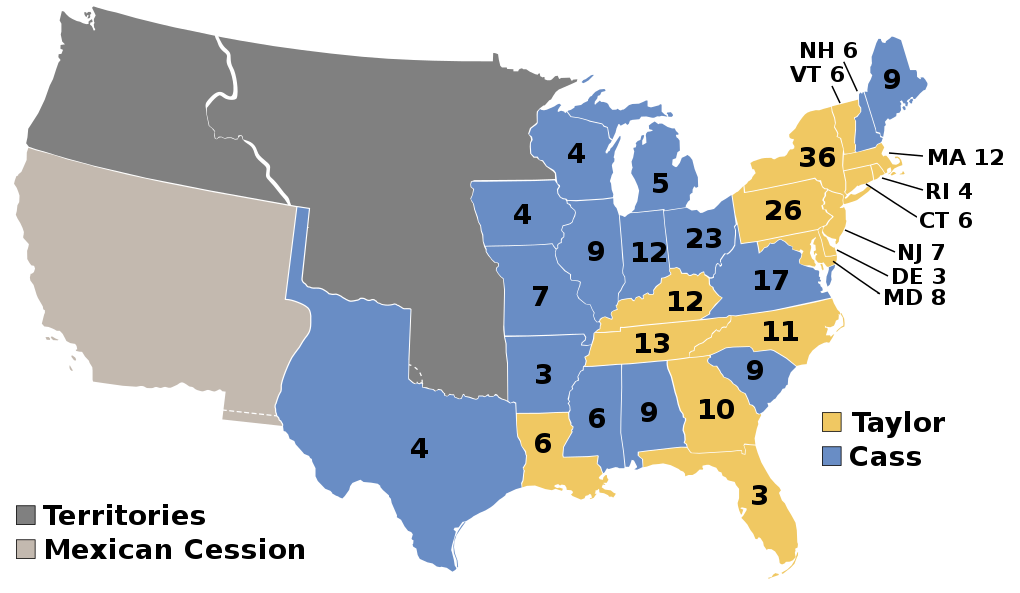
ran as an independent. The record of the Lyceum says it all: “The question was discussed for an hour and half but with little earnestness owing to the fact that there being no one to oppose from principle, and it was then decided 4-1 in the negative.” This result should give some heart to modern day residents: it appears that the 2016 election wasn’t the first where voters went to the polls holding their noses.
24 January 1849: Which contains the greater evidence of a supreme being, nature or the bible? (Voted Nature 5-1)
Given the Pilgrim founding of Southborough, this is another really interesting result, as you might have expected more traditional religious views, but it seems that our Lyceum members shared more than a little streak of transcendentalism.
28 February 1850: Which has been treated worse, the Indians or the Negros? (Voted 7-1 for the Indians)
20 February 1850: Is it probable that the country will be benefited on the whole by the discovery of gold in California? (5 to 4 against)
Southborough wasn’t immune to the call of California gold, and the Society possesses a fascinating series of letters from a former resident who left to try his luck — but that’s a story for another day.
23 February 1850: Which is worst, the slanderer or the thief? (Voted 4 to 2 for the slanderer)
16 October 1850: Ought Massachusetts sustain the Fugitive Slave Bill? (Decided unanimously against)
The Fugitive Slave Act, part of Henry Clay’s Great Compromise of 1850, allowed anyone suspected of being a fugitive slave to be arrested on merely the claimant’s sworn testimony of ownership. The law was widely despised and resisted in the North, as the residents of Southborough clearly reveal here.
31 March 1852: Is a monarchical or republican form of government better adapted to the promotion of the arts and sciences? (Voted 3-10 for the republic)
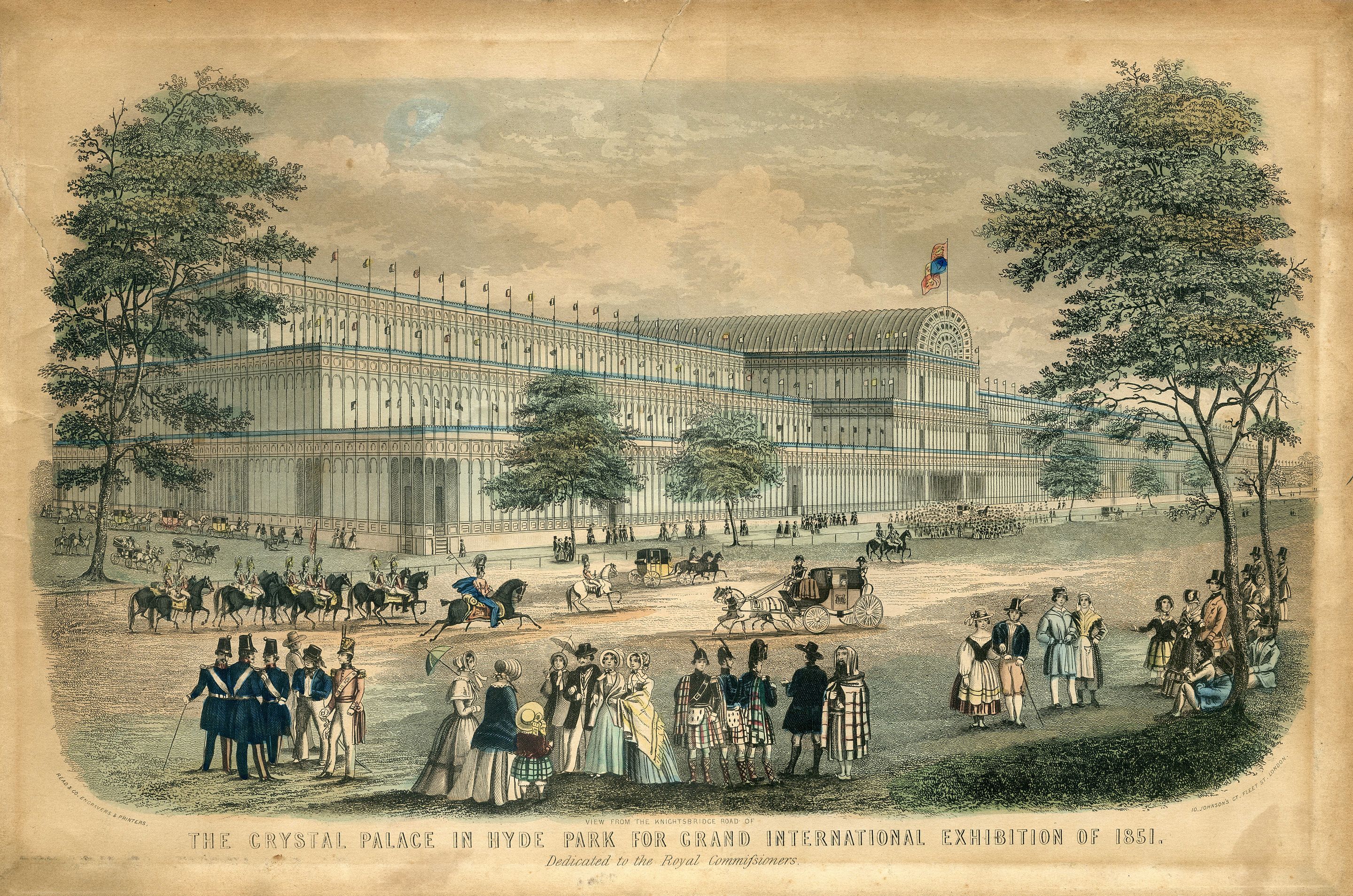 Great Britain has just hosted the Crystal Palace Exhibition showcasing British industry and arts, and this question is undoubtedly the result of some nationalistic chaffing. Americans would have to wait until the Centennial Exhibition at Philadelphia in 1876 to see something similar.
Great Britain has just hosted the Crystal Palace Exhibition showcasing British industry and arts, and this question is undoubtedly the result of some nationalistic chaffing. Americans would have to wait until the Centennial Exhibition at Philadelphia in 1876 to see something similar.
22 December 1852: Should the annexation of Canada be encouraged? (8 to 6 for)
There was serious discussion in both the US and Canada (especially Quebec) about annexing all or part of Canada to the US, which wasn’t as far fetched as it sounds to us today. The Dominion of Canada had yet to be formed, and many viewed the territories to the north as ripe for acquisition, as the Alaska Purchase would confirm in 1867.
27 December 1859: Is the reading of fiction beneficial to society? (Voted no)
So much for Dickens! Interestingly, the Society, in conjunction with the Library, possesses the 1852 founding documentation (including book lists) for our Library, and its one of our future projects to study and digitize these records. It would be interesting to see exactly what books were considered “beneficial.”
3 January 1860: Is John Brown to be justified in his conduct at Harper’s Ferry? (Voted yes)
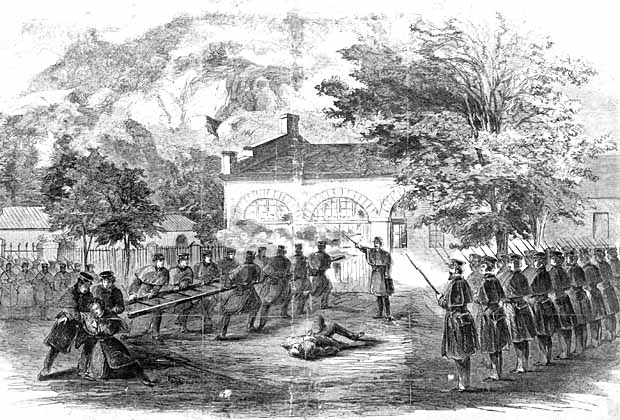 The 1859 raid on Harper’s Ferry was an effort by abolitionist John Brown to initiate an armed slave revolt by taking over the United States arsenal at Harpers Ferry, Virginia. It was put down by the US Marines, and Brown, a long-time resident of Springfield Massachusetts, was tried and hung for treason. That the residents of Southborough would support this violent action is indicative of just how fiercely anti-slavery many of the Town residents had become.
The 1859 raid on Harper’s Ferry was an effort by abolitionist John Brown to initiate an armed slave revolt by taking over the United States arsenal at Harpers Ferry, Virginia. It was put down by the US Marines, and Brown, a long-time resident of Springfield Massachusetts, was tried and hung for treason. That the residents of Southborough would support this violent action is indicative of just how fiercely anti-slavery many of the Town residents had become.
24 January 1860. Is one nation justified in forcing civilization upon another? (Voted no)
An astoundingly modern view, given the nationalism of the Victorian age.
26 March 1861: Should foreign immigration be encouraged? (Voted 15-6 no)
Hardly surprising in Southborough where the founding Yankees were beginning to feel the pressure of Irish immigration.
9 April 1861: The very last entry of this incredible record. The Civil War was about begin and soon many members would be putting courage to the same convictions they had earlier professed at the Lyceum.
“Owing to the small number present,” reads the record, “it was thought best to have no discussion. Voted to adjourn sine die.”
And thus the golden age of Southborough’s debating societies came to a muted end, drowned out by the drums of civil war.
Neither the Town, nor the Nation, would ever be quite the same again.
